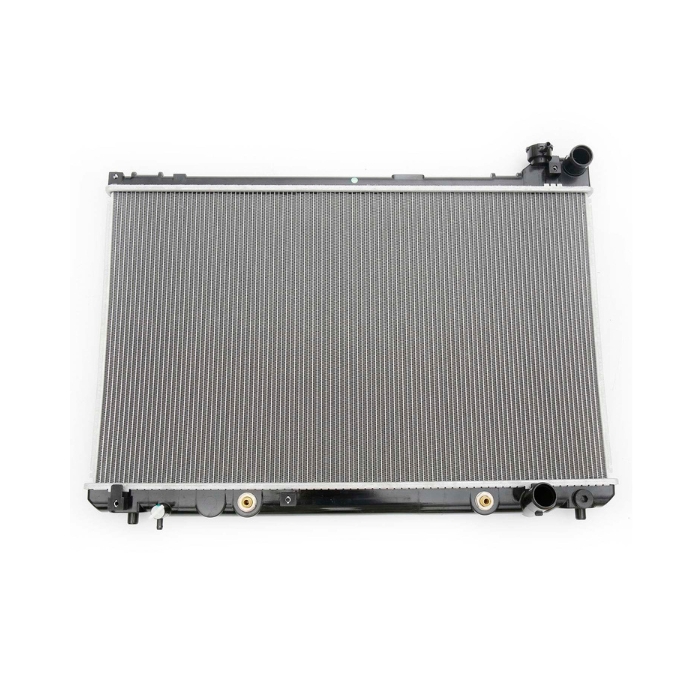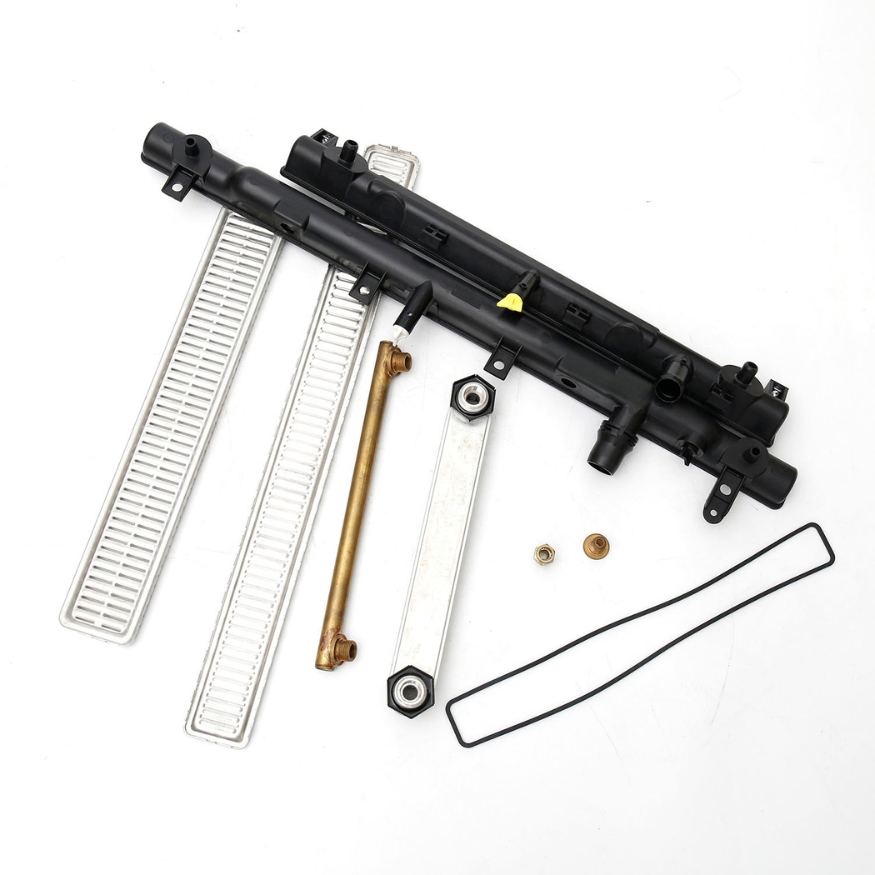Innovation in Automobile Radiator Technology
Innovation in Automobile Radiator Technology
In the fast - paced automotive industry, innovation in automobile radiator technology has emerged as a cornerstone for improving vehicle performance, bolstering fuel efficiency, and promoting environmental sustainability.
Advanced Materials Revolutionizing Heat Transfer
One of the most remarkable aspects of innovation is the adoption of advanced materials. Historically, copper and aluminum have been the go - to materials for radiator construction. However, modern research has led to the discovery of materials with superior heat - transfer properties and durability. Carbon - fiber - reinforced polymers (CFRPs), for example, are now being explored. Their high strength - to - weight ratio not only reduces the radiator's overall weight, contributing to better fuel economy, but also enables more compact and lightweight designs. Additionally, specialized alloys with enhanced thermal conductivity are being developed. These alloys can transfer heat from the coolant to the air more efficiently, significantly improving the radiator's cooling performance.
Optimized Heat - Transfer Structures for Maximum Efficiency
Another crucial area of innovation is the optimization of heat - transfer structures. Designers are now creating more intricate and effective fin and tube arrangements. Micro - channel radiators, a prime example, feature minuscule channels through which the coolant circulates. These micro - channels greatly increase the surface area in contact with the coolant, accelerating the heat - transfer process. Some radiators also incorporate wavy or perforated fins. The wavy fins disrupt the air flow, enhancing air mixing and heat absorption, while the perforations ensure a more even distribution of air across the radiator surface, further enhancing cooling efficiency.
Smart Control and Monitoring Systems for Precision Operation
The integration of smart technology has also transformed radiator design. Smart control systems can adapt the radiator's performance according to real - time engine conditions. Sensors can detect variables such as engine temperature, vehicle speed, and engine load. Based on this data, the system can regulate the speed of the radiator fan, adjust the coolant flow rate, or even modify the angle of the radiator louvers. This intelligent control ensures that the radiator operates at peak efficiency under all circumstances, minimizing energy waste. Moreover, monitoring systems can provide early warnings of potential radiator issues, such as leaks or blockages, enabling timely maintenance and preventing engine overheating.
Adaptation to Hybrid and Electric Vehicles
With the growing popularity of hybrid and electric vehicles (HEVs and EVs), radiator technology has had to evolve. In HEVs, the radiator must cool both the internal combustion engine and the electric motor and battery. New radiator designs are being developed to handle the diverse heat - generation patterns of these components. In EVs, where the battery is a major heat source, liquid - cooled radiators are being optimized to maintain the battery within an optimal temperature range. This is vital for preserving battery performance and extending its lifespan.
In conclusion, innovation in automobile radiator technology is driven by the pursuit of more efficient, reliable, and adaptable cooling solutions. Through the use of advanced materials, optimized structures, smart control systems, and adaptation to new vehicle types, radiator technology is set to play an even more pivotal role in the future of the automotive industry.




